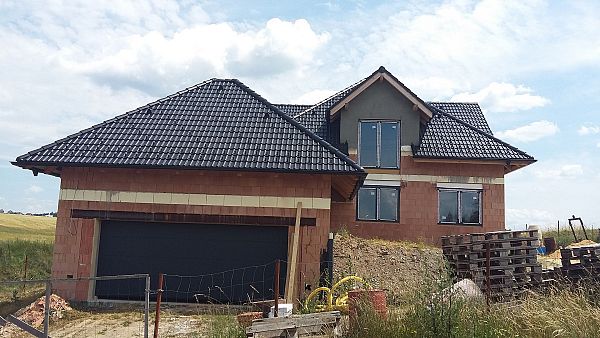How to prevent moulding after windows replacement?
Aluminium constructions
It is possible that after a windows replacement rooms can be mouldy especially during the heating season.
However, it's usually not the fault of the windows themselves, but rather a consequence of an incorrect approach to the newly emerged situation. Therefore, we have compiled some useful information for you that will help you understand the situation and maybe even deal with it.
First of all, it's good to realize that imperfections of old windows were, in a way, beneficial - they helped with better air circulation and the building could "breathe" better, so to speak. Seals of modern windows are so good that they prevent air circulation through closed windows, and therefore it is necessary to allow the humid air to escape in a different way. Moisture in a house or apartment arises from entirely common activities such as cooking, bathing, drying laundry, but also from the evaporation of water from flower pots and breathing. Excess moisture in modern buildings is addressed by a ventilation system that expels the moisture outside without releasing valuable heat from the home. If you don't have this system, you will have to deal with humidity differently - simple ventilation will help, but it also has its rules and regularities.
The basic rule is: Ventilate briefly and intensively. In winter, open the windows wide for about 5 minutes, at least twice a day (ideally in the morning and before bedtime). This way, you can get rid of the air humidity fairly effectively, not release all the heat outside, and at the same time enjoy some fresh air. In warmer periods, you should also ventilate regularly, but for a longer time. In winter, definitely avoid prolonged "ventilation", which can cause more harm than benefit. This is because the wall around the window cools down due to prolonged ventilation, and at the same time, warm humid air flows around it, which condenses on the wall.
It is precisely the cold walls (and the condensation of moisture on them) that cause the formation of mold. And not always the cause is only excess moisture. It may also be due to insufficient heating, improperly placed radiator, technical imperfections in the construction of the building (thermal bridges), poorly performed or missing insulation of the facade, but also due to the use of windows of insufficient quality or unprofessional window installation. We will take a moment to focus on the last two points.
Condensation of humidity in the corners of window panes may be caused by poorly performed glazing or insufficient depth of glass installation in the window frame. We can prevent this by choosing the right windows. For example, in high-quality windows with triple glazing, so-called "warm" (i.e., thermally non-conductive) frames are used, and condensation of air humidity (dew) should not occur. In the case of double-glazed windows, proper ventilation, installation, and sealing are important.




